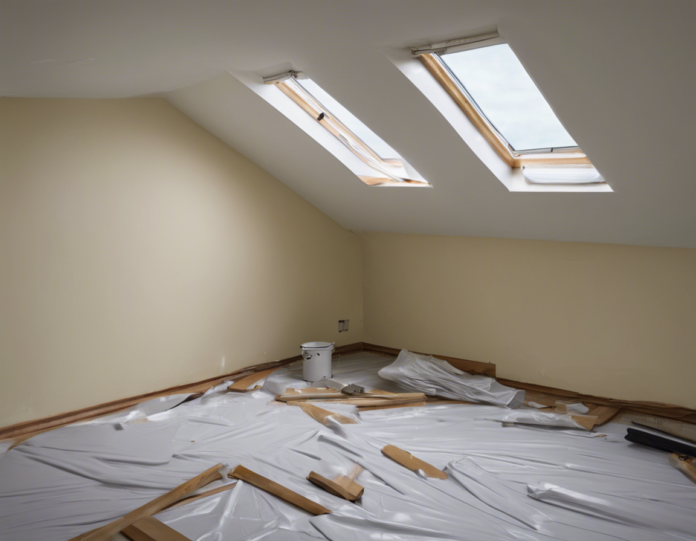Roof leaks can be a common and frustrating issue for homeowners. Whether you notice water stains on your ceiling or actual drips coming through, it’s crucial to address a roof leak promptly to prevent further damage to your home. In this guide, we will explore the causes of roof leaks, how to identify them, and steps for repairing and preventing them in the future.
Causes of Roof Leaks
1. Age of Roof: As roofs age, materials can deteriorate, leading to cracks and leaks.
2. Missing or Damaged Shingles: Shingles can be blown off during storms or become damaged over time, exposing the underlying roof to water damage.
3. Improper Installation: If your roof was not installed correctly, it may be more prone to leaks.
4. Clogged Gutters: Gutters that are clogged can cause water to back up under the roofline, leading to leaks.
5. Flashing Issues: Flashing around chimneys, vents, and skylights can deteriorate over time, allowing water to seep through.
Identifying a Roof Leak
1. Water Stains: Water stains on your ceiling are a clear indicator of a leak.
2. Dripping Water: If you notice water dripping from your ceiling, there is likely a leak directly above that area.
3. Mold or Mildew: Mold or mildew growth on your ceiling or walls can indicate a long-standing leak.
4. Wet Insulation: If your attic insulation feels damp or wet to the touch, there may be a leak in the roof.
Repairing a Roof Leak
1. Locate the Leak: Start by identifying the source of the leak from inside your home.
2. Temporary Fix: Place a bucket under the leak to catch water and prevent further damage.
3. Contact a Professional: Roof repairs can be dangerous, so it’s best to contact a professional roofer to assess and repair the leak.
4. Preventative Maintenance: Regular inspections and maintenance can help prevent future leaks.
Preventing Roof Leaks
1. Regular Inspections: Inspect your roof at least twice a year for damage.
2. Clean Gutters: Keep gutters clear of debris to prevent water backup.
3. Replace Damaged Shingles: Promptly replace any damaged shingles to prevent leaks.
4. Trim Overhanging Trees: Branches that touch your roof can cause damage and provide easy access for pests.
Frequently Asked Questions (FAQs)
1. How much does it cost to repair a roof leak?
The cost of repairing a roof leak can vary depending on the extent of the damage and the roof type. On average, repairs can range from $300 to $1,000.
2. Can I repair a roof leak myself?
While some minor leaks can be patched by homeowners, it’s generally best to contact a professional roofer to ensure the problem is adequately fixed.
3. How long does it take to repair a roof leak?
The time needed to repair a roof leak can vary depending on the extent of the damage. Simple repairs may be completed in a day, while more complex issues could take longer.
4. Will my insurance cover a roof leak?
Homeowners insurance may cover roof leaks caused by storms or sudden damage. However, lack of maintenance or wear and tear may not be covered.
5. How can I tell if my roof is leaking if I can’t access the attic?
Look for water stains on your ceiling, walls, or in the corners of rooms. Bulging paint or peeling wallpaper can also indicate a leak.
In conclusion, dealing with a roof leak promptly can save you time and money in the long run. By understanding the causes, identifying leaks early, and taking preventative measures, you can protect your home from water damage and ensure the longevity of your roof. If in doubt, always consult with a professional roofer to address any roofing issues efficiently and effectively.




